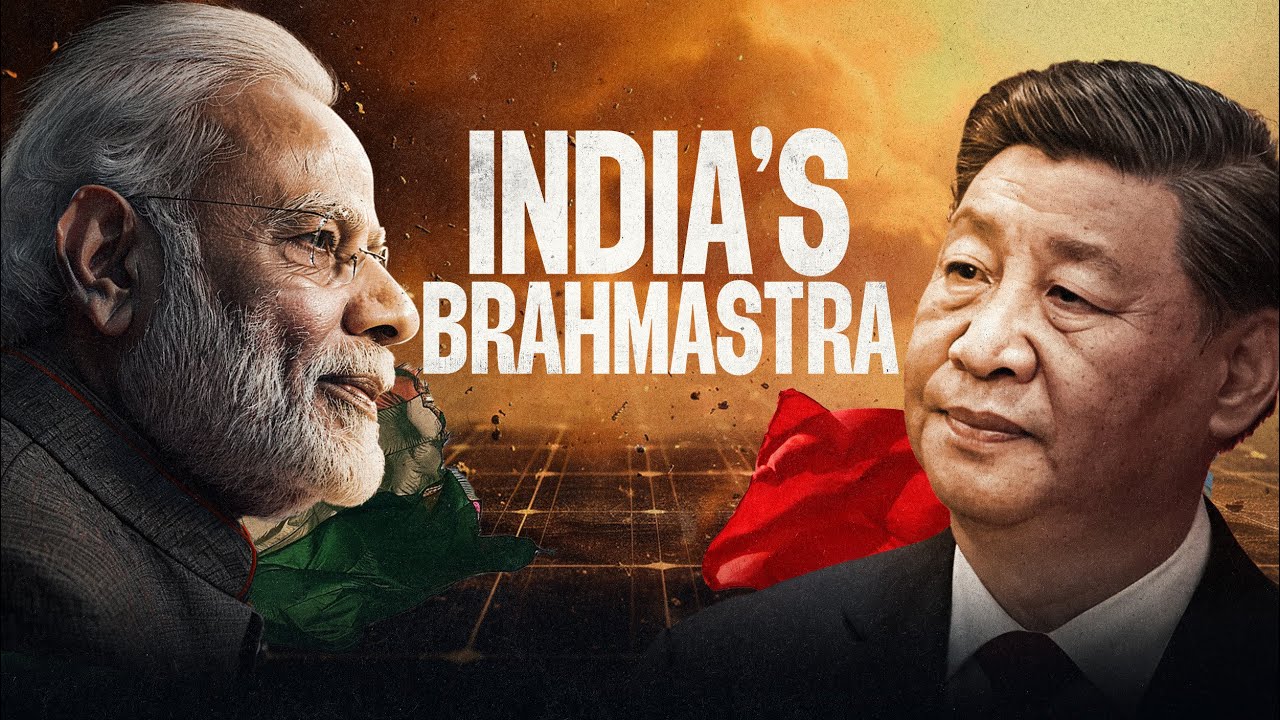Patanjali vs FMCG Companies: क्या Patanjali Market Leader बन पाएगा? | Case Study | CA Rahul Malodia
Summary
TLDRThe video script discusses the rise and challenges of Patanjali Group, an Indian FMCG company. It highlights the brand's initial growth with a unique 'swadeshi' and 'ayurvedic' image, led by Baba Ramdev. The script explores the company's rapid expansion into various product categories, its distribution model, and the controversies surrounding its quality and marketing claims. It also outlines the strategies Patanjali is adopting to overcome challenges and aims to reach a turnover of 1 lakh crores in the next four years.
Takeaways
- 😀 Baba Ramdev's Patanjali Ayurveda began with a focus on Ayurvedic products and quickly expanded into the FMCG sector, challenging established foreign brands.
- 📈 Patanjali's aggressive marketing and 'swadeshi' (indigenous) branding strategy led to rapid growth, achieving a turnover of 10,000 crores in a short span.
- 🔍 The company faced challenges including quality issues, controversies, and distribution problems, which initially stalled their growth.
- 🔄 A turning point came in 2019 with the acquisition of Ruchi Soya, which gave Patanjali a robust distribution network and a significant boost in sales.
- 🚀 Post-acquisition, Patanjali integrated Ruchi Soya's products into their portfolio, aiming to reach a turnover of 1 lakh crores in 4 years.
- 🏆 Patanjali currently stands as the third-largest FMCG company in India, behind HUL and Adani Wilmar, with a total turnover of 45,000 crores.
- 🛒 The brand is working on strategies to overcome challenges such as limited customer base, increased competition, and the need for professional management.
- 🌐 Patanjali is focusing on diversification, entering new sectors like education and healthcare, and exploring export markets to increase their reach.
- 💼 Emphasis is being placed on professional management and strategic branding to connect with a younger audience and improve profitability.
- 🔧 The company is also addressing past controversies and legal issues head-on, with Baba Ramdev asserting the authenticity and quality of Patanjali's products.
Q & A
What was the initial growth strategy of Patanjali Ayurveda?
-Patanjali Ayurveda's initial growth strategy involved leveraging Baba Ramdev's popularity from yoga and health teachings to create a loyal customer base. They started with Ayurvedic products and expanded into the FMCG sector with the promise of providing natural and herbal alternatives to chemical-based products.
How did Patanjali Ayurveda enter the FMCG sector?
-Patanjali Ayurveda entered the FMCG sector by launching products like toothpaste and honey, positioning themselves as a 'swadeshi' (indigenous) brand offering herbal and natural products as an alternative to foreign and chemical-based brands.
What were the controversies that Patanjali faced during its growth phase?
-Patanjali faced several controversies including allegations of quality issues with their products, distribution disputes with their franchisees, and legal issues related to certain claims made by Baba Ramdev about the effectiveness of their products.
What was the turning point for Patanjali Ayurveda after facing challenges?
-The turning point for Patanjali Ayurveda came when they acquired the company Ruchi Soya, which had a strong distribution network and a popular brand 'Nutrila'. This acquisition helped Patanjali to expand its reach and product portfolio.
How did the acquisition of Ruchi Soya benefit Patanjali Ayurveda?
-The acquisition of Ruchi Soya provided Patanjali with an extensive distribution network, including 100 sales depots, 4700 distributors, and presence in 45 lakh retail outlets, which significantly boosted their market reach.
What are the challenges Patanjali Ayurveda is currently facing in achieving its target of 1 lakh crore turnover?
-Patanjali Ayurveda faces challenges such as intense competition from established FMCG players, a limited customer base primarily in North India, product quality and consistency issues, and controversies affecting brand image.
What strategies is Patanjali planning to overcome the challenges and achieve its growth target?
-Patanjali is planning to adopt strategies such as professional management, modernizing packaging and branding to appeal to a younger audience, launching premium products for higher margins, and expanding into international markets and new sectors like education and healthcare.
How does Patanjali Ayurveda plan to expand its customer base beyond its traditional supporters?
-Patanjali plans to expand its customer base by diversifying its product range, adopting modern branding, and launching products under different brands like Nutrila to attract customers who might be skeptical of the Patanjali brand.
What is the role of Baba Ramdev in the controversies faced by Patanjali Ayurveda?
-Baba Ramdev, as the face of Patanjali, has been central to the controversies due to his public statements and claims about the products. His strong stance and direct confrontations often become part of the public discourse, impacting the brand's image.
How does the script suggest Patanjali Ayurveda's approach to handling criticism and legal issues?
-The script suggests that Patanjali Ayurveda, under Baba Ramdev's leadership, takes a confrontational approach to handling criticism, often attributing it to conspiracies against the brand and questioning the validity of the legal frameworks involved.
Outlines

This section is available to paid users only. Please upgrade to access this part.
Upgrade NowMindmap

This section is available to paid users only. Please upgrade to access this part.
Upgrade NowKeywords

This section is available to paid users only. Please upgrade to access this part.
Upgrade NowHighlights

This section is available to paid users only. Please upgrade to access this part.
Upgrade NowTranscripts

This section is available to paid users only. Please upgrade to access this part.
Upgrade NowBrowse More Related Video

Why did Patanjali fail in India? : Business case study

HUL Business Empire |This Brand Controls Your Life | How HUL controls Every Household in India|

India's Secret Weapon to counter China’s Solar Dominance? : Waaree Energies | Business Case study

10 வருடம் காத்திருக்க முடியுமா? | Anand Srinivasan |

Adani spent Rs 50,000 Crore to buy Bankrupt Companies! But Why?

This simple idea changed FMCG Market forever | CHIK Shampoo Case Study
5.0 / 5 (0 votes)